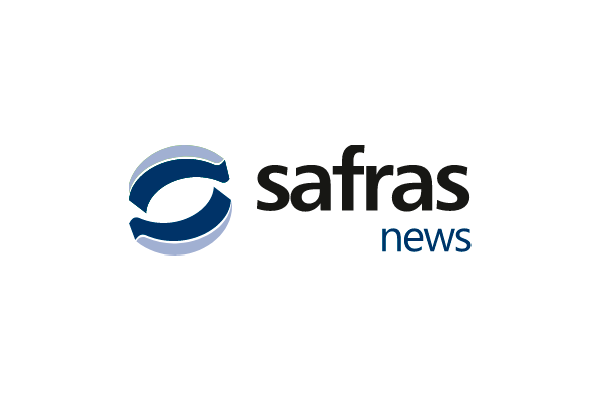The month of January for the physical ethanol market was a period of strong volatility in average prices, which showed a strong divergence among short, medium, and long-term developments. This is because in the short term (compared to the previous month, December 2023) we had a 0.34% decline in average prices. However, in the annual comparison (against January 2023), we had a much sharper decline, of 23.44%, with the same comparison pattern also being observed with the five-year average in the same period, as the average price in January 2024 was 27.33% lower. Both price comparisons to the previous year and the five-year average were corrected by inflation and updated to current values.
Last month, SAFRAS & Mercado estimated an average price for hydrated ethanol negotiations on the physical market of BRL 2.35 per liter, which was only 1.25% higher than the effective average of January 2024 of BRL 2.32 per liter. For February 2024, SAFRAS & Mercado expects prices to be around BRL 2.48 per liter, with a predicted increase of 6.85% in the margin compared to the current January average. This should occur because of the return of the rain forecast in cane fields of the Center-South and Midwest of Brazil, which will cause a slowdown in the final movements of cane crushing by the mills that are still operating in the region.
Furthermore, this same rain will also delay the return of crushing for the new 2024/25 crop, which is scheduled by at least 15 mills for the first half of February. As a result, the physical market will encounter a shortage of new ethanol supply while carryover stocks will remain under negative pressure in the short term. Although these stocks are quite large, the selling pressure of hydrated ethanol at the pumps remains high in the medium term. The product has expanded its market share against gasoline since July 2023. As a result, the February prices will show movements more in line with the off-season behavior.
SAFRAS & Mercado warns that distributors continue their efforts to replenish their practically emptied intermediate stocks in December and January, which will continue to maintain upward pressure on prices in the physical market in February, which is aggravated by the return of rain over the cane fields of the Center-South. Another factor that could offer strong support to prices (and reinforce the upward trend that SAFRAS & Mercado projects for February average prices) is the high possibility of downward adjustments in the first estimates made for the future 2024/25 crop in Brazil’s Center-South. This is because the months of December and January (in their first three weeks) had low volumes of rain, which left cane fields with rainfall volumes between 14% and 17% below the historical average for the period (depending on the region).
It may seem little, but it was enough for SAFRAS & Mercado to cut its first estimate of the region’s future crop by 10 mln tons, from 670 to 660 mln tons (-1.49%), which will also help in the formation of the market scenario of lower cane availability for the next crop. The detail is that hydrated ethanol and crystal sugar should be references for the downward adjustments between derivatives, as mills will remain more focused on VHP sugar production to meet the high export commitments scheduled for the next crop.

